August 2, 2024
Unlike in Pangasinan, the field was applied with only 7 kg of Urea together with 3 kg of DPF. According to Sir Salvador, an Agriculturist in the Office of the Municipal of Santa Maria Isabela, lesser Urea is applied because this is based on the soil analysis test conducted on the field. Also, they apply organic fertilizer such as vermicast (manure of the worm which is called African Night Crawler) that’s why less Urea is applied.


August 30, 2024
Agriculturist of Dumangan Prime Inc together with the Agriculturists in the Municipal of Isabela and the farmer.

2nd application of NPK which is 7 kilos Ammonium Phosphate together with the 3 kilos of DPF.

Upon random sampling, the treated rice has 31 tillers and has a height of 102 cm compared with the untreated rice which has 25 tillers and only 97 cm in height. Also, the treated rice has longer and more evident roots than the untreated rice.
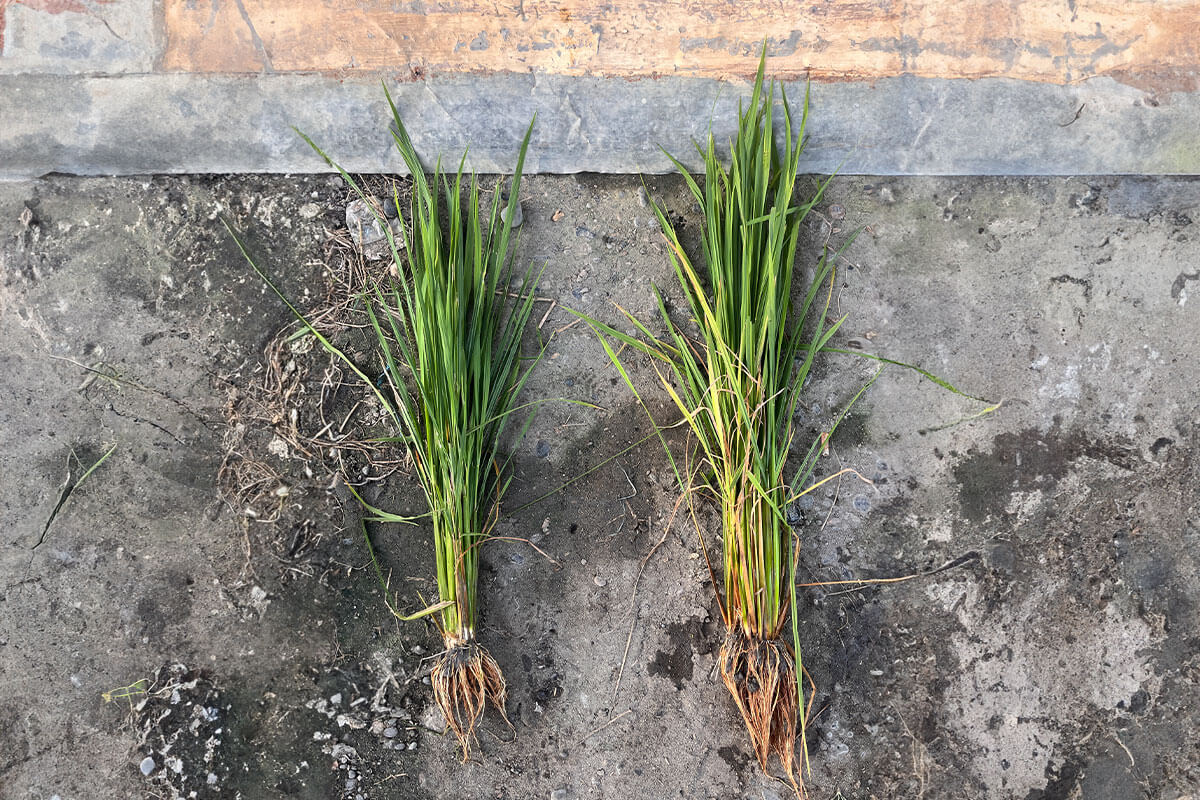
September 27, 2024
Rice field is 80 DAT as of today.
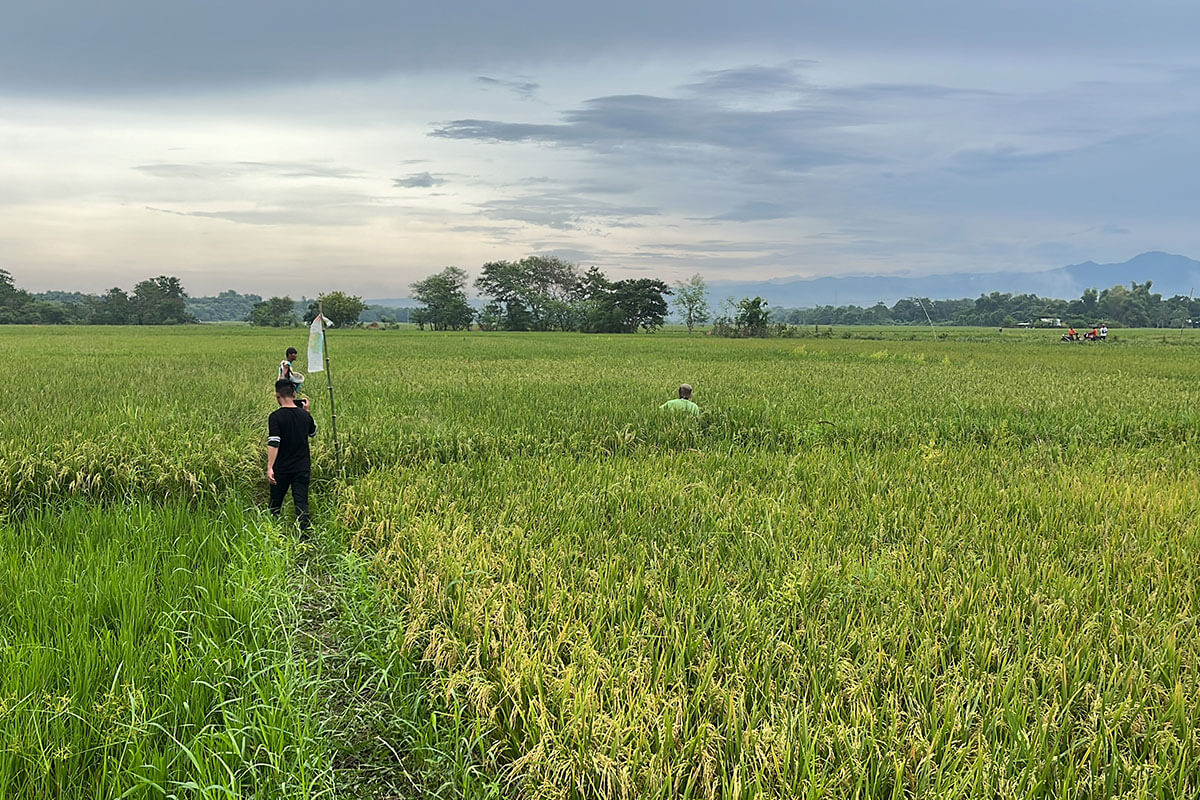
Dumangan Prime Inc together with the Agriculturists and land owner of the rice field.
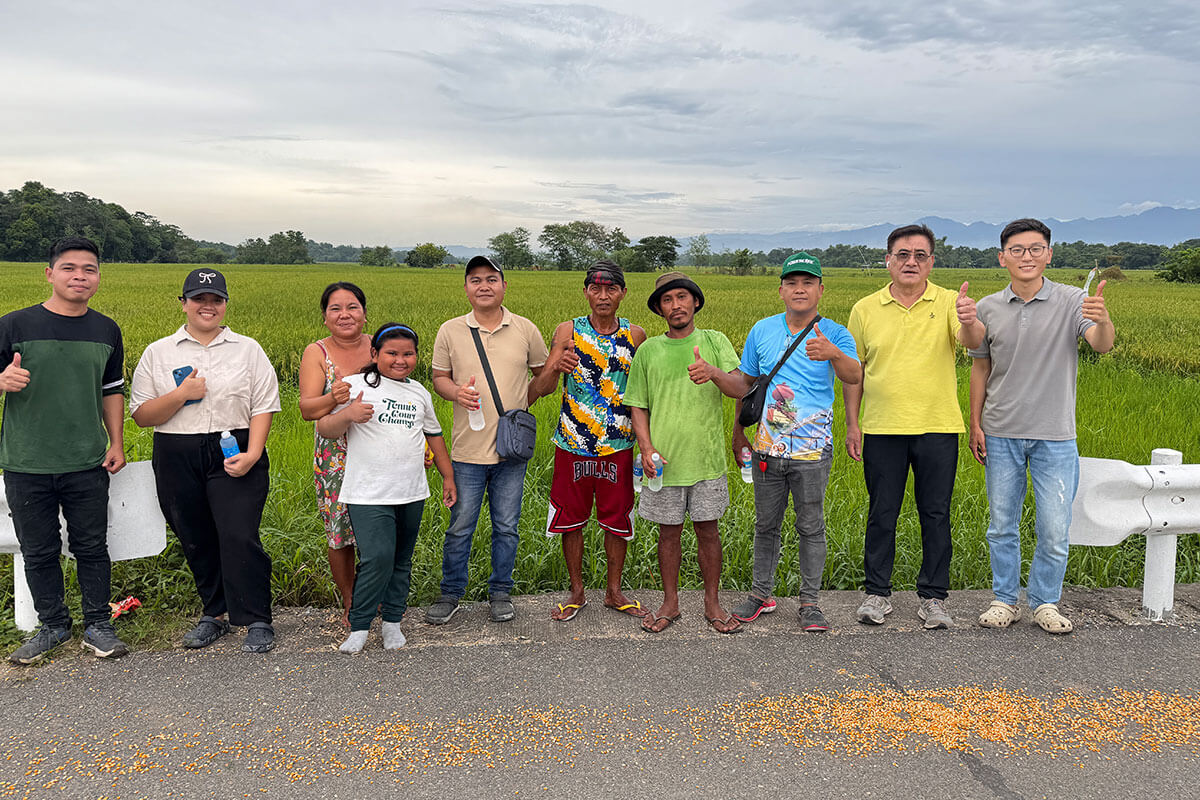
Three samples per plot were taken to check the difference of the control and demo field.
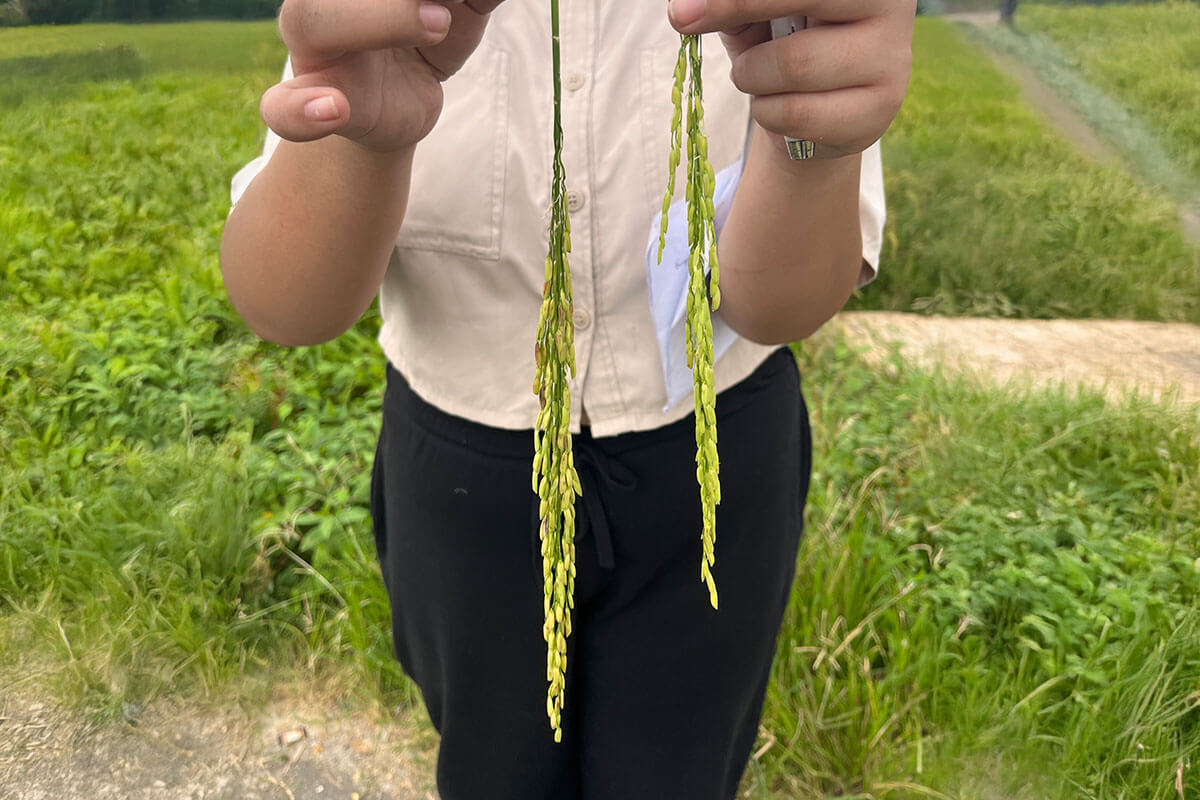

Upon checking, here are the following data gathered:
| Demo Field | Control Field |
| D1- 30 tillers / Height: 155 cm | C1- 23 tillers / Height: 132 cm |
| D2- 18 tillers / Height: 161 cm | C2- 27 tillers / Height: 170 cm |
| D3- 27 tillers / Height: 156 cm | C3- 14 tillers / Height: 133 cm |
| Ave: 25 tillers / Height: 157.33 cm | Ave: 21.33 tillers / Height: 145 cm |



The rice field exhibited with DPF demonstrated an average of 25 tillers and a height of 157.33 cm, while the control field showed an average of 21.33 tillers and a height of 145 cm, highlighting the superior growth performance in the demo field.
October 11, 2024 – Harvest Day
Unfortunately, the rice field in Isabela was heavily damaged due to the heavy rain that happened days before harvesting.





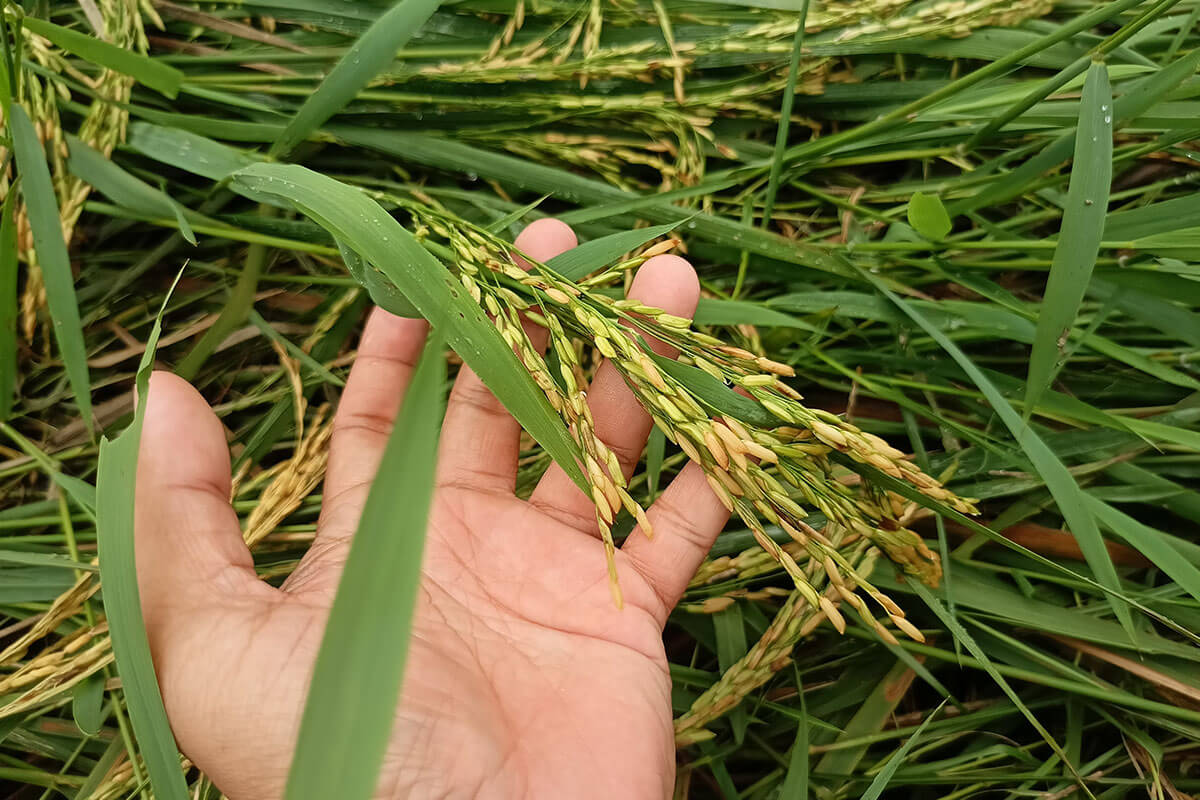
Around 90% of the demo field lodged due to the additional NPK that was added. For the control field, around 20% also lodged due to the heavy rain as mentioned above.
In spite of the 90% rice that lodged in the demo field, it still yielded 624 kg while the control field yielded 992 kg. With this, the owner and the agriculturists still believe that if the heavy rain did not happen, the demo field would yield around 20-30% more than the control field.

